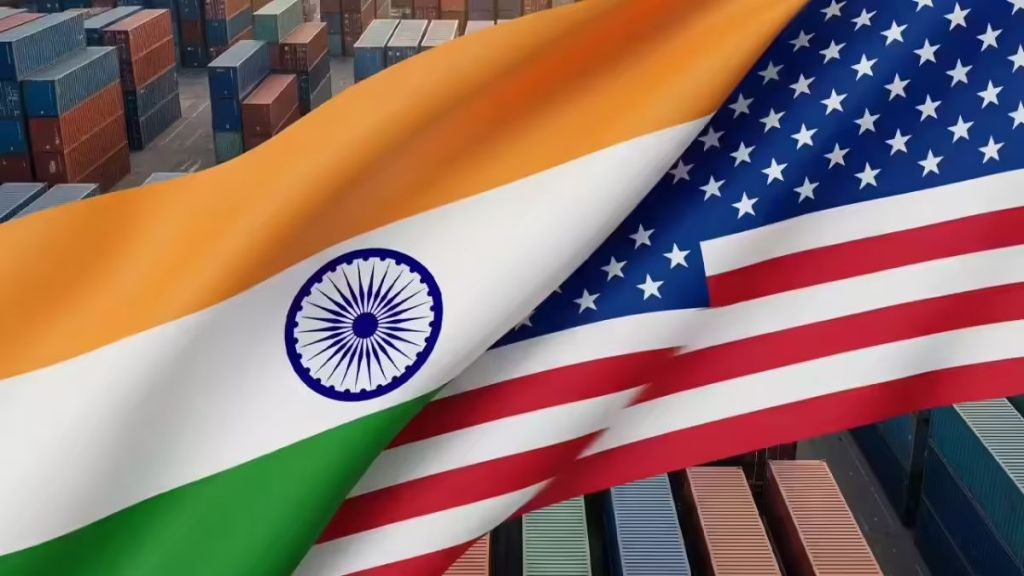The Trump administration’s decision to lift reciprocal tariffs on several agricultural commodities is expected to create a level playing field for Indian exporters, especially in fruits and nuts, spices, tea and coffee, essential oils, vegetables, bovine meat, and fertilisers, a senior official said.
“Over $1 billion worth of India’s agricultural products exports to the US annually have been exempted from tariff, which would boost export prospects,” the official added.
A White House order issued on November 12 excluded coffee, tea, tropical fruits, cocoa, spices, bananas, oranges, tomatoes, beef, and certain fertilisers from the April 2 reciprocal tariff regime. Officials said the tariff shift could improve India’s competitiveness in mangoes, pomegranates, spices, and other high-value products.
However, key Indian agricultural exports to the US—such as shrimp, other seafood, and both basmati and non-basmati rice — have been kept out of the tariff relief package.
Bilateral agri-trade between India and the US stood at around $6.6 billion in 2024. Seafood, largely frozen shrimp, remains India’s biggest agricultural export to the US, accounting for $2.8 billion of the $7.38 billion shipments in FY25. Other key exports include basmati rice, spices, coffee, and tobacco.
India’s overall agricultural exports rose 8% year-on-year to $25.9 billion during April–October 2025–26, though shipments in October declined 4% to $3.8 billion. Exports of rice, marine products, meat, fruits and vegetables, coffee, and tea all recorded growth during the period.
Despite the US tariff, India’s rice exports—both basmati and non-basmati—rose 5.51% to $6.51 billion in the first seven months of FY26. In FY25, rice exports hit a record $12.47 billion, up over 20% from 2023–24. However, rice shipments dipped 16% in October 2025 to $0.87 billion.
“Drop in rice exports last month has been compensated by an 11% increase in shipment of marine products to $0.89 billion,” Ajay Srivastava of the Global Trade Research Initiative (GTRI) told FE.
Srivastava added that the agri-sector is facing price and demand pressures but continues to deliver steady growth across high-value export segments.
Earlier, basmati rice exporters had expressed concern about their shipment prospects to premium markets like the US after the higher tariff regime came into effect in September.
India has been the world’s largest rice exporter for a decade, commanding over 40% of the global grain trade.
Marine products exports rose over 16% to $4.87 billion during April–October 2025–26, while meat, dairy, and poultry shipments surged 24% to $3.32 billion. Exports of fruits and vegetables grew over 6% to $2.15 billion, though they fell 12% in October to $0.289 billion.
Spices exports during April–October 2025–26 declined marginally by 0.18% to $2.46 billion.

